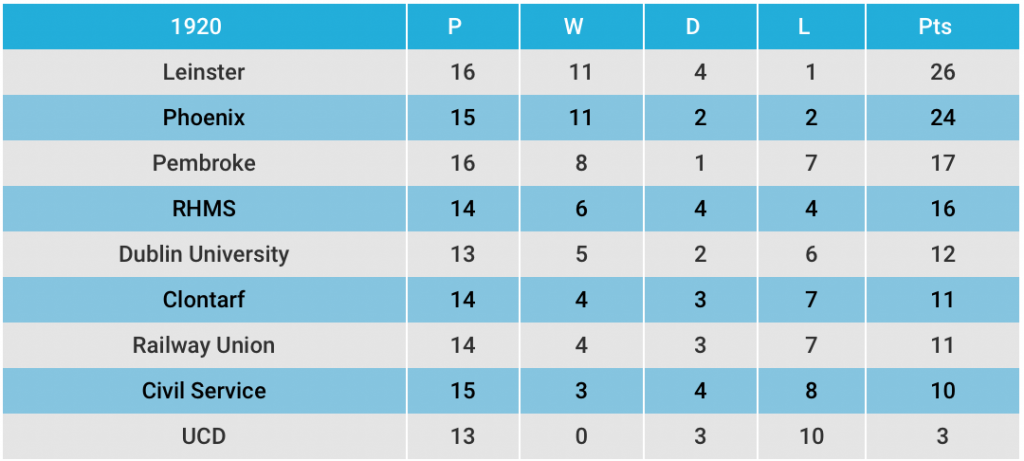History through a cricket lens
As we look forward to a strange and dispiriting non-start to the cricket season there is nothing that I can say that you don’t already know about the fear and disquiet caused by the global pandemic. In amongst the public health, social and economic consequences the disruption to a cricket season is small beer. But this is the space we occupy and we will do what we can to keep you informed of matters pertaining to cricket [even if it is only to reminisce on what happened in happier times or pour over cricket records].
It seems strange to relate that 100 years ago, the world was also in the throes of a pandemic, this time the Spanish Flu [although it’s origins were not be found in Spain but more likely among the armies on the Western Front]. It was called the Spanish Flu because initially wartime censors suppressed news of it and it was only in a neutral country, Spain, that it was reported on. The pandemic lasted from 1918 to 1920 and may have infected as many as 500 million people, a quarter of the world population at the time.
Strangely, for such a deadly disease it did not seem to affect club cricket in Leinster all that much. As everyone should know at this stage the Leinster Cricket Union was founded in 1919 and the Senior League commenced the same year. In 1920 the number of participation clubs actually went up from 17 to 21 and teams from 29 to 32.
A full schedule of matches took place in 1920, with Leinster taking the Senior League title for the second season, both times with Phoenix as runners-up. Richmond Asylum won the Intermediate League and Merrion II the Junior League.

Fifty years on and there is a small increase in the number of clubs [24] but a substantial rise in the number of teams, up to 64. Old Belvedere was the largest club with six teams, followed by Clontarf, Merrion and Pembroke with 5. Old Belvedere is also the most successful club with four of its six teams winning trophies.

But perhaps more than the competition tables, it is the advertisements carried by the Leinster Handbooks of the era that tell of a different Dublin.
If you had the money the MG 1100 was your car of choice and was for sale from Booth Poole of Islandbridge. For those happy with public transport then CIE suggested you go places with them – perhaps for your next excursion, dance or staff outing. And of course there would be no objection to having a cigarette on the bus, perhaps a Gold Flake or a Players Finest Virginia. But to really get away from it all – why not take the world by the tails with Pan-Am and a journey to an off-beat island.
There was always plenty to drink – whiskey from Mitchells of Kildare St or a Double Diamond, ‘the beer the men drink’. For the teetotallers – a Club Orange or a Club Lemon was accounted ‘The Real Thing’. You could hire an evening suit from Brendan McGrath and for casual wear there was nothing quite as stylish as a Windcheater from Smyco of Balbriggan. For blazers and club ties there was always Gibson Price of Suffock Street. And if everything went to plan Jameson and Co were still the specialist diamond ring store. Finally, when you had to get a loan to pay for all of the above you could try the Hibernian Bank on College Green, The Royal Bank of Ireland Foster Place or the Stephen’s Green Loan Fund Society.
And finally, for the well turned out cricketer, you would find everything you needed at Elverys of Cork and Dublin, JJ Fitzgibbon of South Anne Street, J M Nestor of Lower Baggot St, or Helys of Dame St. If you needed a bat you could go straight to the factory and get one from Grey Russell in Portarlington. And best of all you could keep fit without having to practice too hard with a Infraphil health lamp from Philips for £5. And if the lamp did not work you could be comforted in the knowledge that Permanent Sickness Insurance was a speciality of Griffin Wymes & Daly Ltd of Dame St.
Over the next few weeks as we wait hopefully for the cricket season to start we will look over some of the records and reflect on the evolution of the club game in Leinster.